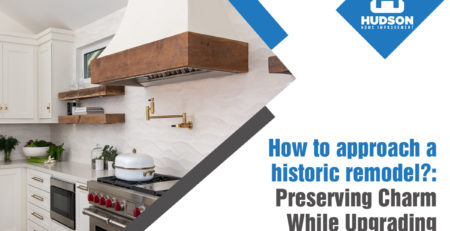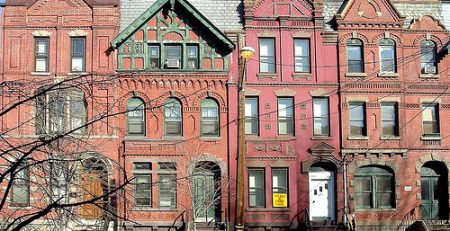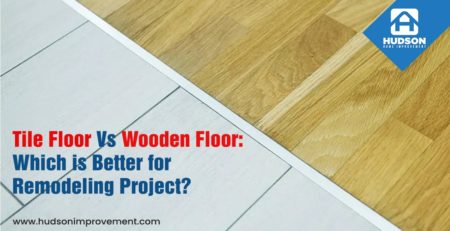Aging in Place: Smart Home Design for Comfortable & Independent Living
More homeowners choose to stay in their homes as they age rather than move to assisted living facilities. They want to be independent for as long as possible and to turn to friends and family as needed. Staying in your home as you get older is called aging in place. To make this a reality, thoughtful modifications are necessary for yourself or a loved one, and integrating aging-in-place features early can make all the difference. Here’s a breakdown of the best design strategies to create a home that supports independence for years to come.
1. Entryways & Exits: Safe & Accessible
-
Install zero-step entryways to eliminate trip hazards.
-
Widen doorways to at least 36 inches to accommodate wheelchairs or walkers.
-
Use lever-style door handles instead of knobs for easy grip.
-
Add motion-sensor lighting around entrances for visibility at night.
2. Kitchen Modifications: Functional & Safe
-
Lower countertops or include adjustable-height surfaces.
-
Install pull-out shelves in cabinets to reduce bending and reaching.
-
Choose touchless faucets for ease of use.
-
Use induction cooktops instead of gas stoves to prevent burns.
Also Read: Top 6 Kitchen Cabinet Trends to Consider
3. Bathroom Upgrades: Preventing Slips & Falls
-
Install curbless, walk-in showers with grab bars.
-
Use a handheld showerhead and a built-in bench for comfort.
-
Add non-slip flooring and bright lighting to improve safety.
-
Raise toilet height or install a comfort-height toilet for ease of use.
4. Flooring: Smooth, Slip-Resistant, & Low-Maintenance
-
Choose non-slip flooring like textured vinyl, cork, or low-pile carpet.
-
Avoid rugs or ensure they are secured with non-slip backing.
-
Transition between rooms with flush thresholds to prevent tripping.
5. Lighting: Visibility for Safety & Comfort
-
Use motion-activated lighting in hallways and bathrooms.
-
Increase brightness with LED bulbs that reduce eye strain.
-
Add under-cabinet lighting in kitchens for better workspace visibility.
Also Read: Tips to Upgrade Your Home with New Lighting
6. Bedroom Considerations: Rest & Accessibility
-
Position the bedroom on the main level to avoid stairs.
-
Ensure easy access to light switches and outlets from the bed.
-
Consider an adjustable bed for added comfort and mobility.
-
Install remote control blinds or shades.
7. Smart Home Technology: Convenience & Security
-
Install a video doorbell for safe visitor screening.
-
Use voice-activated assistants (e.g., Alexa, Google Home) for lighting and temperature control.
-
Invest in smart thermostats to maintain a comfortable environment.
-
Consider emergency alert systems that notify family or caregivers when needed.
Planning for Aging in Place: When to Start?
The best time to incorporate these features is before they are needed. If you’re remodeling or building a new home, consider adding aging-in-place elements now to avoid costly retrofits later.
Working with a qualified Hudson County contractor, like Hudson Home Improvement an leading home remodeling in Jersey city, ensures that modifications meet safety standards while maintaining an attractive home design.
Aging in place doesn’t mean sacrificing style or comfort—it means creating a home that grows with you. Thoughtful modifications today can provide peace of mind and independence for years.
If you’re considering an aging-in-place remodel, contact us to discuss your needs and create a customized plan. We specialize in designing homes that support safety, comfort, and independence.







